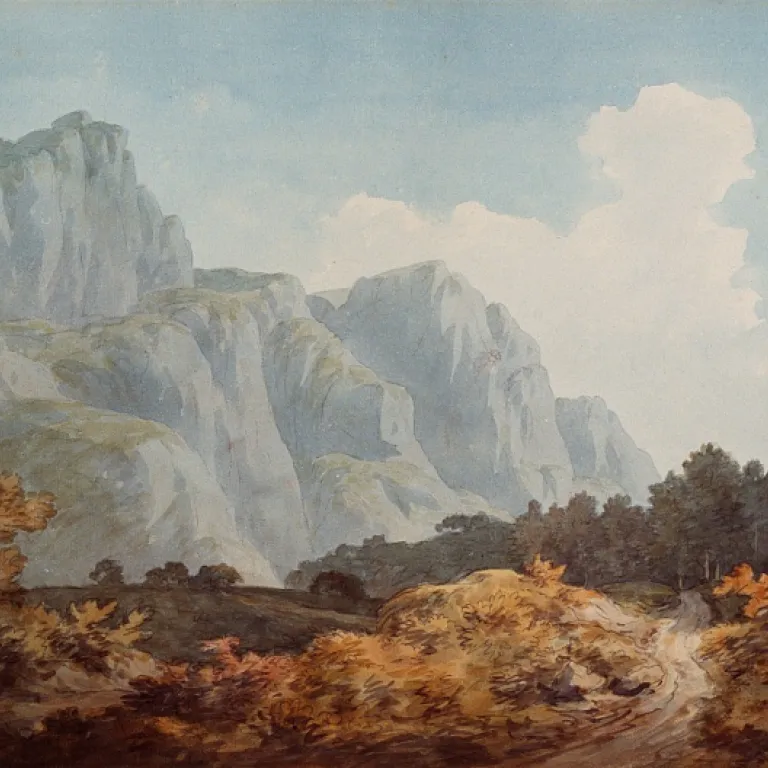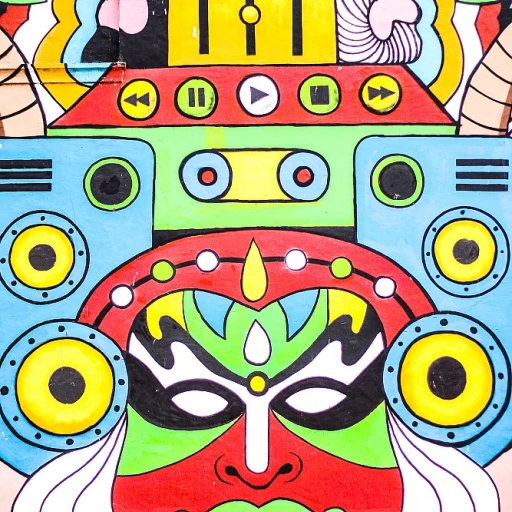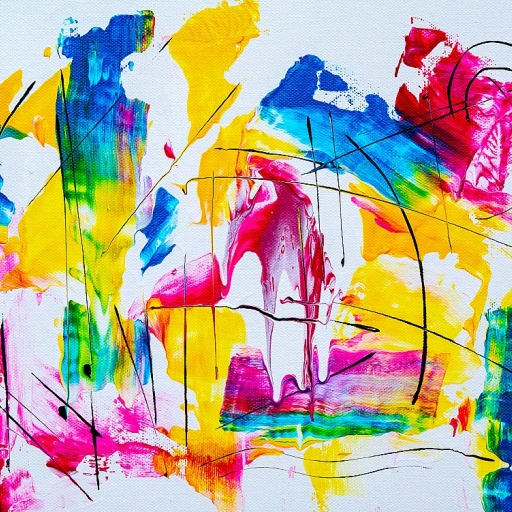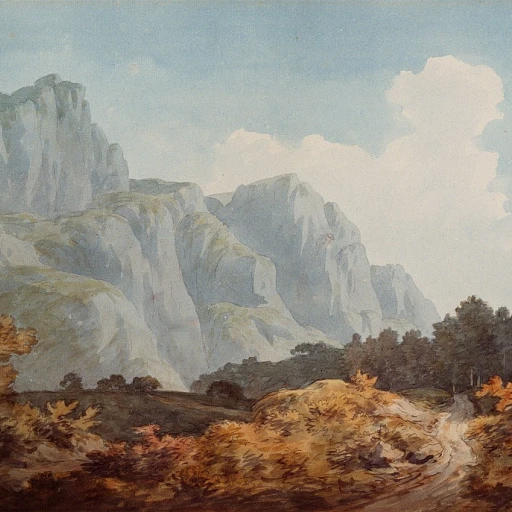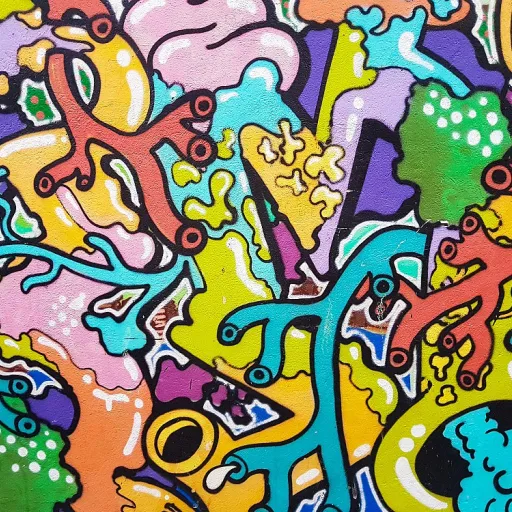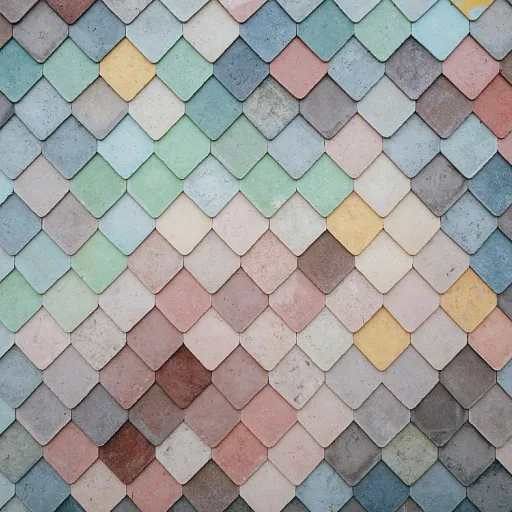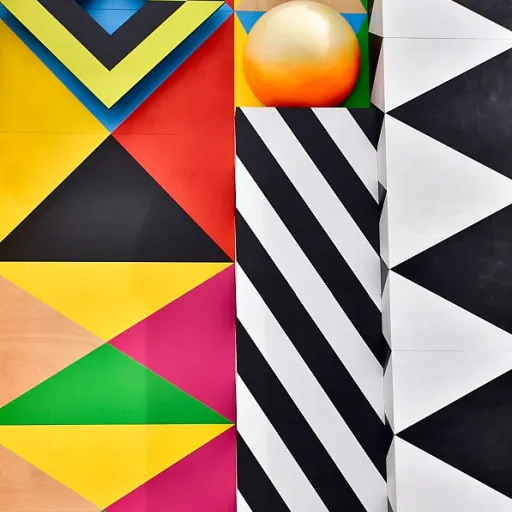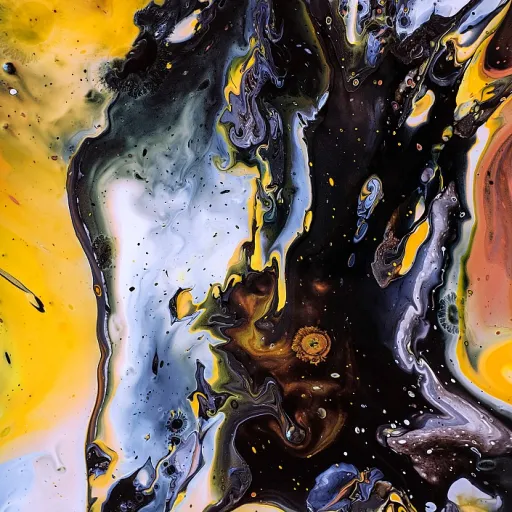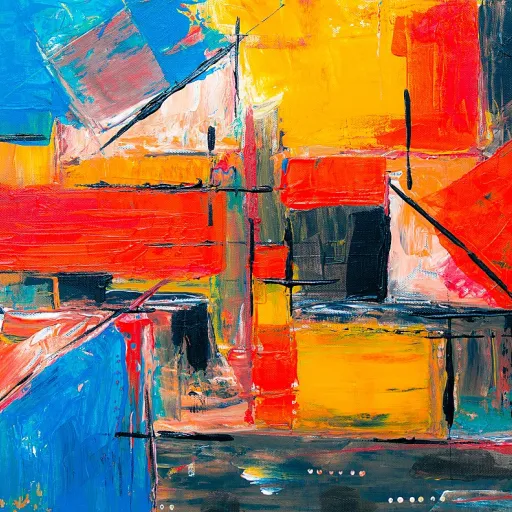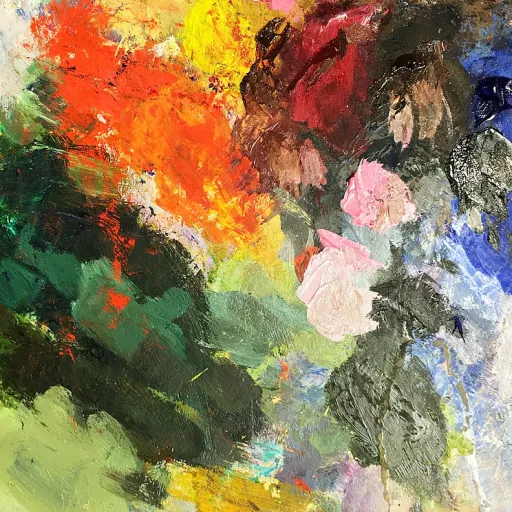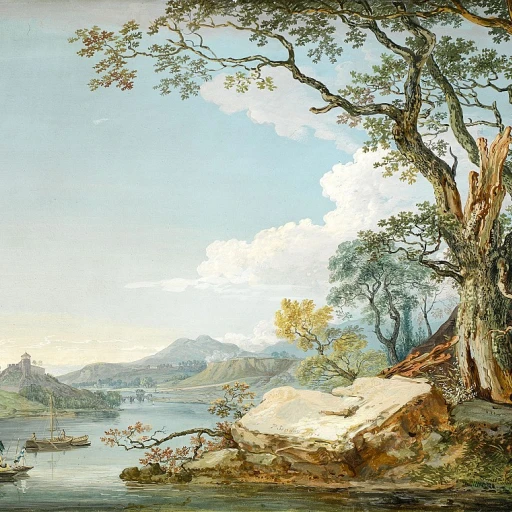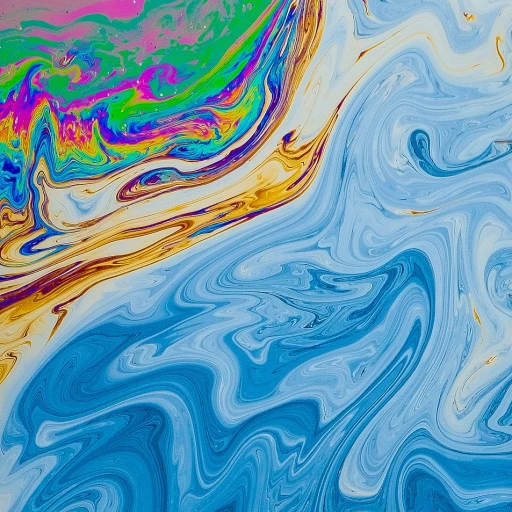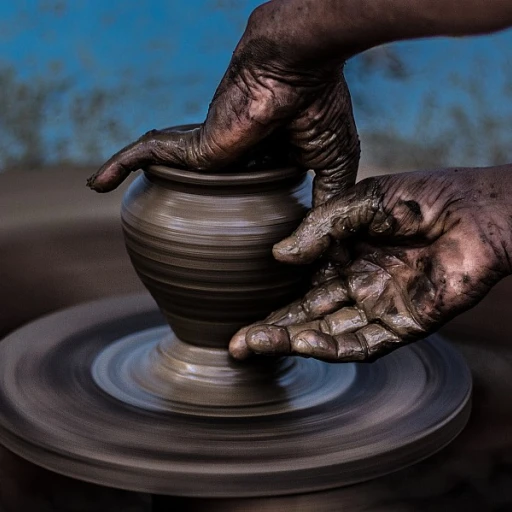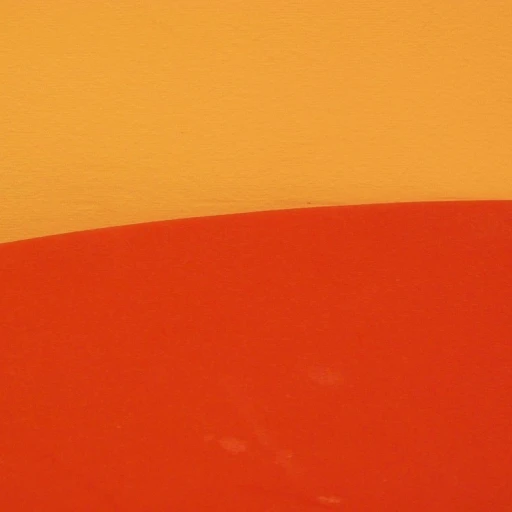-teaser.webp)
The Rich Tapestry of Polynesian Art
Polynesian art serves as a vivid tapestry that captures the rich cultural heritage and diverse artistry of the Pacific Islands. Each piece reflects the deep connections between island life and artistic expression, weaving together influences from regions such as Hawaii, Samoa, and the Polynesian Triangle. As the popularity of these art designs continues to grow, so does interest in the subtleties of their creation and meaning.
The Intricate Beauty of Island Creations
Delving into the Polynesian aesthetic, one uncovers a world where traditional craftsmanship meets modern luxury. Polynesian art often comprises wood carvings, tapa cloth, and tattoos. These designs are deeply intertwined with the cultures and traditions of each island, offering a unique blend of symbolic meaning and visual splendor.
From the intricately carved tiki figures to the delicate patterns on tapa cloths, the artwork transcends mere decoration, providing insights into the social and spiritual worlds of Polynesian cultures. This art and design encapsulate a narrative that speaks of island life and the profound respect for nature and community values embodied by these cultures.
A Journey Through Context and Tradition
The artistic practices found across Polynesian islands draw from an array of influences and cultural traditions. For instance, Maori art from New Zealand blends elements of tattoo and wood carving with a profound sense of identity and memory. Similarly, Tongan art often reflects vibrant expressions through pattern and form.
Understanding these artistic expressions provides a window into the life of the Polynesian peoples, echoing their histories, beliefs, and philosophies. With the growing inclusion of Polynesian elements within high and low art forms, the allure of these creations only magnifies, enticing art lovers to explore and appreciate the depth of Polynesian culture through its exquisite art and design.
Materials and Techniques: A Luxurious Craft
The Craftsmanship of Polynesian Artistry
When contemplating the allure of Polynesian art, one cannot overlook the luxurious approach to materials and techniques that make each piece a masterpiece. Ancient Polynesians, known for their adept skills, utilized whatever resources were available in their natural surroundings, reflecting a deep connection with island life. Common materials such as wood, tapa cloth, and stones were meticulously crafted into magnificent designs.
The wood—often sourced from island trees—is a staple in Polynesian artwork, carved into intricate tiki, masks, and clubs used in both ceremonial and everyday applications. The process of wood carving is not just an exercise in skill, but a revered ritual that stands as a testament to the artist’s dedication and the spiritual significance imbued in each creation. The use of wood stands as one of the highlights of Polynesian craftsmanship, contributing to its timeless appeal.
Samoan, Maori, and Hawaiian artists have long been admired for their unique pacific styles. The tapa cloth, created from the bark of trees, represents a convergence of art and utility, adorned with designs that tell stories of Polynesian culture and heritage. These fabrics, often colored with natural dyes, reflect not only the lush landscapes of the islands but also symbolize identity and status within the indigenous communities.
The symbolic tattooing practices throughout the Polynesian triangle present another fascinating facet of Polynesian aesthetic. For centuries, Maori, Samoan, and Tongan cultures used tattoos as a form of storytelling and personal expression. The tattoos carry specific meanings and are dedicated to capturing the designs that recount the life and lineage of the women and men bearing them.
The interplay of high low artistic techniques not only demonstrates an artist's skill but illuminates a deep respect for the past while opening avenues for modern interpretations. Integrating this kind of art design into contemporary luxury settings offers a rich visual narrative, elevating spaces with profound cultural depth. For a dive into how such artistic endeavors can transform spaces, consider exploring the influence of wall art in reforming modern interiors.
Symbolism and Storytelling in Polynesian Art
The Deep Meanings Behind the Designs
Polynesian art is deeply entrenched in the rich tapestry of island cultures, where every symbol and motif tells a story, a tradition that has persisted over centuries. This art form thrives on storytelling, with each design element holding profound meanings, often linked to the artist's life and surroundings. The intricate designs found in tiki sculptures, tattoos, and wood carvings symbolize a variety of concepts ranging from ancestry and heritage to protection and strength.
A key feature of Polynesian aesthetic is its symbolic nature, where art serves both as a medium of expression and a narrative vehicle. The art design in Maori art, for instance, is replete with elements that reflect personal identity and tribal lineage. Similarly, Samoan and Tongan art use motifs that convey messages about social hierarchy, nature, and the cosmos, echoing a long-standing cultural narrative that continues to influence modern interpretations of art.
In addition to storytelling, Polynesian cultures place significant emphasis on connection to the land and sea. The islands’ abundant natural resources have inspired artists to utilize materials like tapa and indigenous wood, weaving stories of the Pacific's natural wealth and beauty into their works. Consequently, these art pieces resonate with a sense of place and identity, making them treasured artifacts that speak volumes about Polynesian life.
Moreover, the diversity within the Polynesian triangle further enriches the meanings infused in these designs. For instance, Hawaiian art frequently emphasizes themes of harmony and balance, often blending traditional elements with contemporary ones, creating a high-low fusion that appeals broadly within luxury art spaces.
The enduring allure of Polynesian artwork lies in its ability to seamlessly intertwine past and present narratives, making it a compelling addition to any modern luxury space. For those seeking an artistic piece that embodies both cultural depth and visual allure, the symbolism and storytelling in Polynesian art offer a richly layered experience.
To explore other intricate art forms with a strong connection to cultural narratives, consider the artistry of Studio Dragon Ball Samurai Gohan resin statue featuring Young Son Gohan.
The Market for Polynesian Artwork
The Fascinating Dynamics of the Polynesian Art Market
The appeal of Polynesian artwork continues to grow, with its captivating Polynesian aesthetic resonating with collectors and art appreciators alike. This growth is fueled by the inherent balance of traditional Polynesian culture with contemporary art design, creating pieces with a rich tapestry of history and meaning. Collectors and enthusiasts are particularly drawn to the profound symbolism present in each Polynesian design, with motifs rooted deeply in the life and nature of the pacific islands. These art forms, whether it's a Hawaiian tattoo or a Samoan wood carving, convey various meanings that resonate worldwide. The market for Polynesian art is diverse, encompassing both high-value collectibles and more accessible pieces. This high-low market structure ensures that this unique segment of art remains within reach to a broad audience, while still catering to luxury buyers in search of rare and distinctive masterpieces. Central to understanding the Polynesian art market is the appreciation of works made by indigenous artists from across the Polynesian Triangle. These creations often reflect the vibrant cultures and histories of their island origins, from Tonga to Hawaii, and include a range of mediums such as tapa cloths and intricate tiki sculptures. With the increasing recognition of prominent Polynesian artists and their masterpieces, the art world is beginning to understand the value of integrating these profound artworks not only into collections but into modern luxury spaces, transforming them with island-inspired elegance.Prominent Polynesian Artists and Their Masterpieces
Celebrated Masters of Polynesian Artistry
The vibrant world of Polynesian art boasts an array of celebrated artists whose works embody the spirit and story of the islands. These artisans, drawing from a rich heritage of tattoo designs and woodcarving, bridge the gap between the traditional and the modern, creating masterpieces that captivate collectors worldwide.
Many of these artists find inspiration in the Polynesian Triangle's diverse islands, where the distinct cultures of Hawaii, Samoa, and Tonga converge to create a unique tapestry of art. Their creations often feature elements inspired by tiki figures, tapa cloth patterns, and the intricate motifs seen in Maori art.
The symbolic meanings embedded within Polynesian art designs also play a significant role. Artists infuse their pieces with narratives, reflecting the life and historical journeys of the people from these island milieu. Through this amalgamation of symbolism, they offer a glimpse into the mythological and cultural stories, making their artworks more than just aesthetics but rather, narratives etched in wood and tattoo-inspired designs.
While Polynesian culture celebrates its distinct traditions, contemporary Polynesian artists bring a modern sensibility to their work. By incorporating high-low art influences and innovative techniques, they offer a fresh take on age-old customs, appealing to luxury art collectors who appreciate the merging of classic and contemporary styles.
The Pacific islands are home to many talented women artists who contribute their unique perspectives and craftsmanship. Their works often explore motifs that resonate with personal and communal identities within Polynesian cultures, adding depth to the ongoing dialogue between tradition and modernity.
This dynamic interplay of past and present not only enriches the art design world but also opens doors to integrating these exquisite pieces into modern luxury spaces, allowing patrons to experience the Polynesian aesthetic in new and exciting ways.
Integrating Polynesian Art into Modern Luxury Spaces
Harmonizing Polynesian Art with Contemporary Luxury Spaces
The seamless integration of Polynesian art into modern luxury spaces is a testament to the rich cultural tapestry and timeless appeal of these island-inspired designs. With their intricate patterns and profound meanings, Polynesian artworks serve as focal points that elevate any high-end environment. Selecting Polynesian art for luxury interiors involves understanding the deep-rooted symbolism present in the designs. Polynesian artwork is renowned for its distinctive motifs and materials. Hawaiian and Samoan designs, for example, often incorporate symbols reflective of life, nature, and the spiritual world. These designs are not merely decorative; they echo the history and traditions of Pacific cultures which can infuse a luxury space with a sense of depth and authenticity. Materials like wood and tapa cloth are quintessential to Polynesian art. In luxury settings, wooden carvings can serve as statement pieces. These carvings often depict tiki figures or elements of nature, inviting the beauty of the islands into the home. Tapa, with its unique texture and patterns, can be used to add warmth and a tactile quality to the design, perfect for accent walls or as an ethereal ceiling cover.Polynesian Art Meets Modern Design
To fully embrace the Polynesian aesthetic in modern interiors, it's vital to balance traditional Polynesian elements with contemporary design principles. This harmony can be achieved by:- Incorporating Polynesian artworks alongside modern furnishings. A piece of Tongan art or a Maori design can serve as a striking contrast to sleek, minimalistic furniture, thus creating a dynamic visual narrative.
- Utilizing motifs from Polynesian tattoos and integrating them into upholstery or wallpaper designs. Such attention to detail can transform standard decor into bespoke luxury.
- Embracing high low design strategies by mixing high-end materials from the islands, like polished wood, with everyday luxury items for a unique, curated look.

